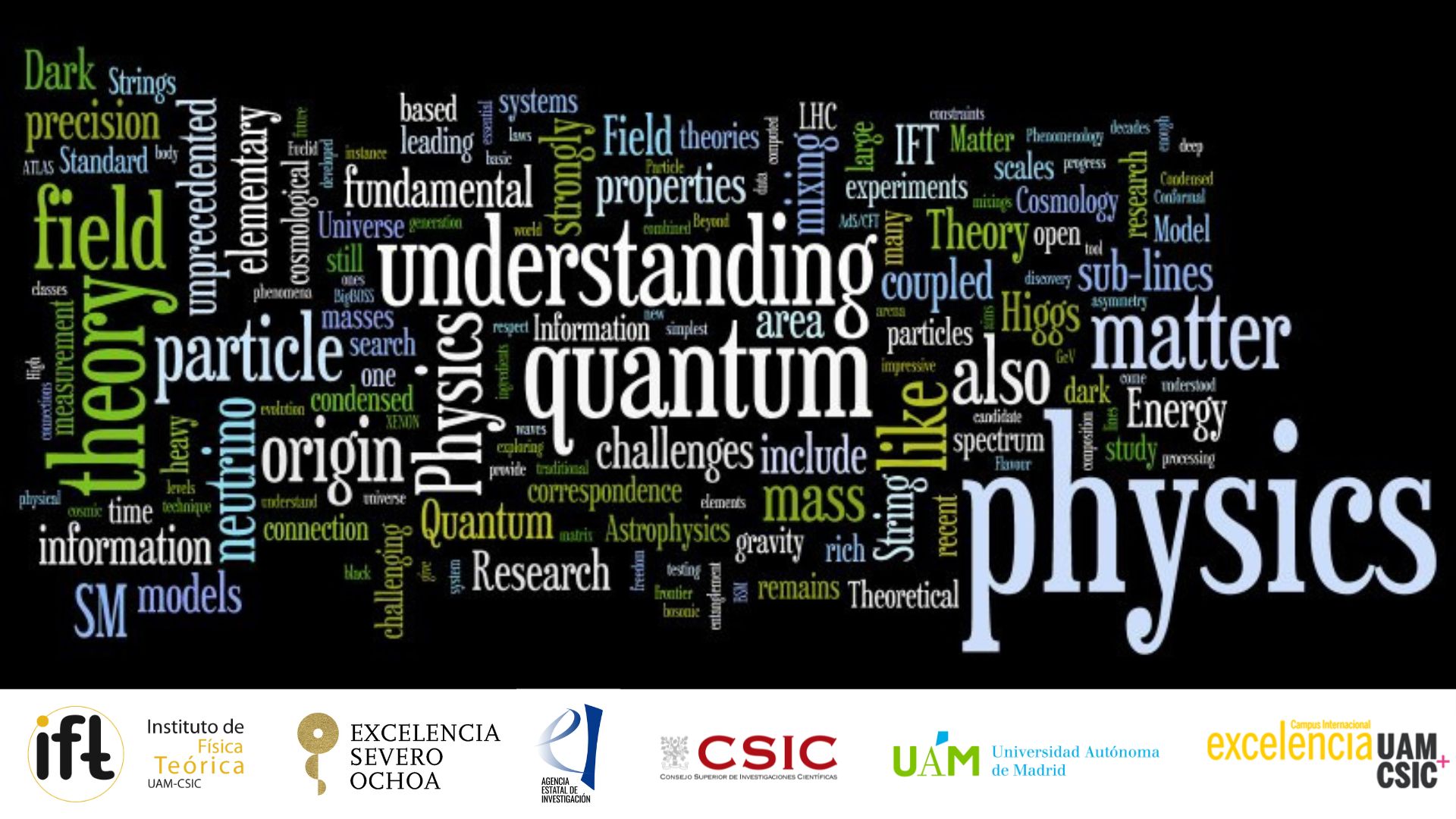Centro de Excelencia Severo Ochoa
Menú
Buscar

IFT Seminar Room/Red Room
The quantum Rabi model, a fundamental model for the interaction between matter and light, has long been in the shadow of the simpler Jaynes-Cummings model which follows from the quantum Rabi model under the rotating-wave approximation. Several recent developments have given new impetus to the study of the quantum Rabi model: (i) experiments are now able to push into the ultra strong and deep strong coupling regimes in which the rotating-wave approximation and thus the Jaynes-Cummings model no longer apply; (ii) exciting prospects for novel regimes of light-matter interactions and potential applications in quantum information technology; (iii) an analytic solution was obtained for the full quantum Rabi model, followed by further progress on solving various extensions of it. In this talk I will discuss some mathematical and theoretical aspects of these developments, including work on Berry phases in the quantum Rabi model. Such geometric phases are related to many physical problems and may play an important role in fault-tolerant quantum computing. I will also discuss conical intersection points in the asymmetric generalisation of the quantum Rabi model. These conical intersecting points and related Dirac-like cones are induced by the asymmetry parameter and are located at the well known Judd crossing points in the energy spectrum. [1] D. Braak, Q.-H. Chen, M.T. Batchelor and E. Solano, Semi-classical and quantum Rabi models: in celebration of 80 years, J. Phys. A 49, 300301 (2016) [2] M.T. Batchelor, Z.-M. Li and H.-Q. Zhou, Energy landscape and conical intersection points of the driven Rabi model, J. Phys. A 49, 01LT01 (2016)
Social media